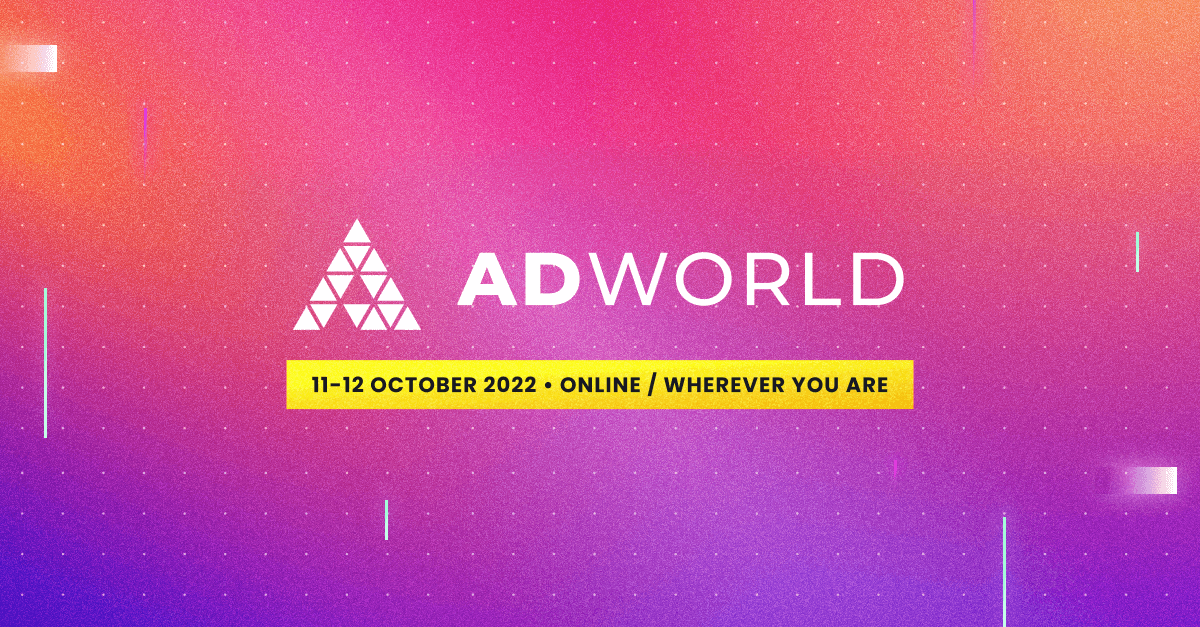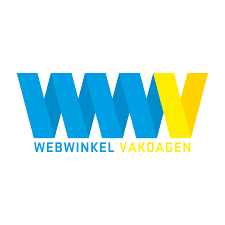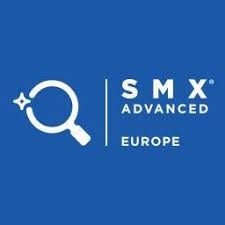Last week I had the pleasure of taking part in Ad World, the world’s largest online advertising event. The conference featured numerous experts in the digital marketing sector and attendees ranging from CEOs to entrepreneurs.
Although the conference included countless prominent digital figures and innovative presentations, the one that I found most interesting was the one given by Jon Weberg, which is why in the following article I am going to focus specifically on his presentation and outline the main points.
For those of you that do not know him yet, Jon is an American entrepreneur, top 1% growth consultant, and business master. He is a self-published author and currently runs three separate businesses. Widely considered a leading profit, optimization, and scaling expert, Jon spends his time helping entrepreneurs grow their businesses hyper-profitably without outside capital.
During his “The 8.4X ROI Omnichannel Marketing Strategy for Paid Ads” presentation, Jon shared valuable tips for relating to each of your audiences better and getting 4x more customers. He also went over his strategy to generate 127% more profit through omnichannel hyper-optimization.
The ability to produce leads and customers in the most profitable way possible is how businesses truly mass scale. It enables them to fund effective employee training, acquire higher-quality employees, reinvest back into the business, scale ads faster, and so much more. Profit is the mother of all scaling. Without profit, your business cannot exist or will exist in debt for a very long time.
The average business only achieves around a 7-9% profit margin. To scale quickly and efficiently, improving your ads, sales processes, and follow-up to increase conversion rates is critical.
So, what is the secret according to Jon?
Multiply the profit of your business with omnichannel hyper-optimization. Omnichannel is a user engagement approach where a company gives customers and prospects access to their products and services on all channels, platforms, and devices. Companies offer 360-degree support through Facebook Messenger, email, phone, and live chat as well as on the desktop website.
Optimizing parts of your business to increase your customer closing rate is achievable. Let’s say you’re in E-commerce and your average conversion rate is 1-3%. Doubling that to 3-6% is feasible. If you’re working in B2B, focus on increasing your salespeople’s closing rates from 20% to 40%. What can that do for your business?
To scale and increase your profit margin, optimize these five metrics:
- Closing rate
- Upsell rate
- Customer retention
- Halving your ad costs
You’re probably wondering, this sounds great, but where should I start?
Customers are the core of every business. Start by breaking down your audience and understanding how you relate to leads, customers, and people seeing your ads. They’re not just different audience segments; they’re different types of people with distinct personalities and motives. By relating to them, you’ll build trust. Trust enables you to serve their needs better and increase satisfaction. This is when your customer acquisition, retention, and lifetime value of your customers will increase exponentially.
So how do you relate to each person on your leads list, turn them into customers and convert the people seeing your ads into leads and customers?
The first way? Following up. Most businesses stick to email promotion. You need to test diverse methods to find the one that strikes gold. Try texting, calling, emailing, and DMing. Targeted communication that relates to customers on a personal level motivates them to buy. For example, facts and figures trigger analytical people. Emotionally-driven people want to see storytelling and testimonials.
If you’re promoting your main product, consider segmenting your customer list so you’re only blasting to leads and prospects. Include a single sales page that summarises the value for potential customers. Create other sales decks for existing customers that focus on alternative product use cases and new or updated features.
What happens when your prospects turn into customers? How do you exploit that?
Your customer list is an untapped supply of profit that you can generate profit from without spending more money. Whether you’re working in B2B or B2C, you need to offer existing customers a range of products and services to maximize product value.
Your mission is to demonstrate how your product can continually help your leads and customers achieve their desired results, even as their own goals evolve. Have walkthroughs of how to use your service or product. Create tutorials that demonstrate the best ways to use your product to solve a customer’s problem.
How can you sell a variety of products and services?
A simple method is bulk packaging. Let’s say you sell protein. Sell packages of different sizes. Try providing a combination of protein bottles with fiber and energy explosions. The options are endless but keep the needs of your audience in mind when assembling your offers. Once you’ve determined your offers, consult with your ad agency to develop appropriate ad templates.
And now that you have your offers, what next? How do you know what does and doesn’t work?
Split testing, split testing, split testing. Split testing is an underutilized and effective strategy for optimizing ads, sales processes, funnels, checkout cards, and follow-ups. When analyzing the results, measure relevant metrics to determine success.
Globally, improving customer usability and retention rates is the key to increasing profit. Customer retention is how long customers stay with you, and customer usability is how simple and easy it is for your customer to use your product and services.
Concentrating on these two things increases the lifetime value of your customers, which of course, boosts your overall profit. Then reinvest your profit into scaling ads, hiring better employees, training employees, and so much more.
What’s the number one method to improve your profitability?
The first part of this method is being personal and authentic. Successful brands employ relatable follow-ups and sales processes for the audiences they’re marketing to. This builds trust with their customers and leads. Trusting customers who love the brand they’re buying from become lifetime loyal buyers.
If you’re concerned about seeming unprofessional, don’t be. Personable doesn’t necessarily mean ‘informal’. Whether you’re working in B2B or B2C, genuine interactions are profitable and can create amazing results. There are three main ways you can relate to your customers better:
- Entertaining
- Enticing
- Educational
Channel these principles in all your messaging to attract people to your product. If you’ve done this successfully, you won’t need to sell. You’ll simply draw your dream customers to you by being the brand that your customers want to buy from naturally.
Get our ramblings right in your inbox
We deepdive into hot topics across digital marketing and love to share.



